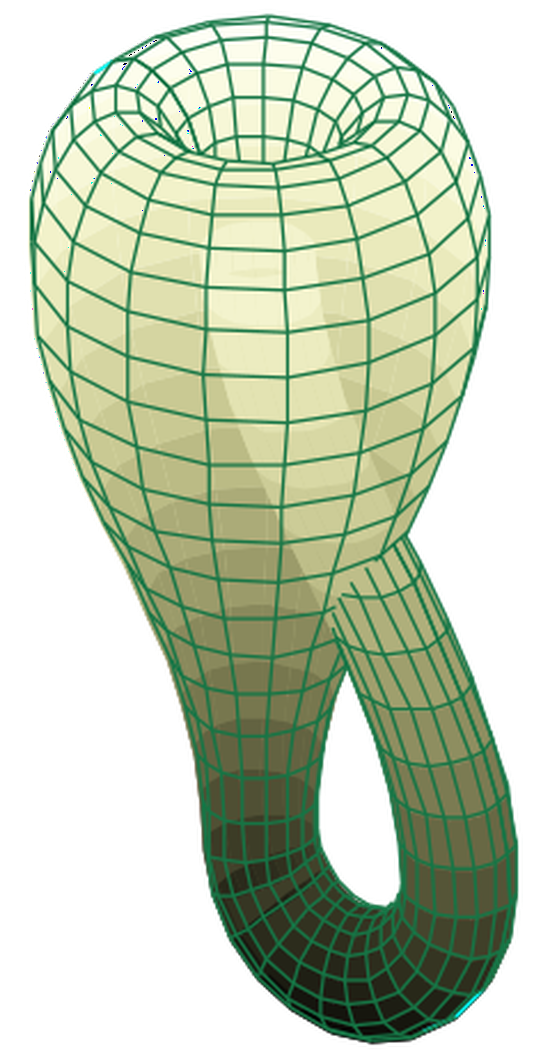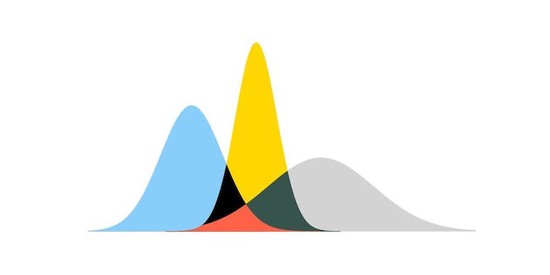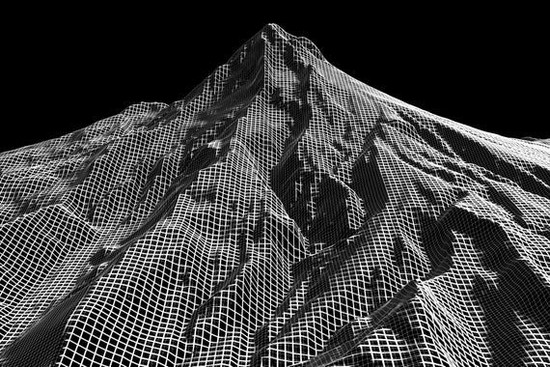Data Scientist
PNW
About Me
I’m a Data Scientist currently living in Seattle. I completed my PhD in Biomedical Engineering at University of Washington, where I developed computational methods to explore relationships between brain structure and brain function using magnetic resonance imaging. My primary research focus was on designing computer vision models to map the human cortex using various MRI modalities, and relating derived maps of the cortex to various biological and neurological processes. I have extensive experience in medical imaging, image processing, machine learning, graph-based data, high-dimensional data analysis, data visualization, and scientific communication.
Since completing my PhD, I’ve worked as Data Scientist in the Biotechnology sector, with a major focus on building AI tools to facilitate the drug discovery process. This work has included developing image and graph-based machine learning models for in-house and client-facing projects, designing end-to-end analysis and deployment pipelines, and building data visualization tools for scientists in various functional groups.
When I’m not thinking about data, I like to backcountry ski, climb, trail run, and take care of my plants. I’m driven by curiosity and fueled by coffee.
Interests
- Deep Learning
- Data Visualization
- Computer Vision
Education
PhD in Biomedical Engineering, 2021
University of Washington
BSc in Molecular and Cellular Biology, 2012
University of California, Los Angeles



